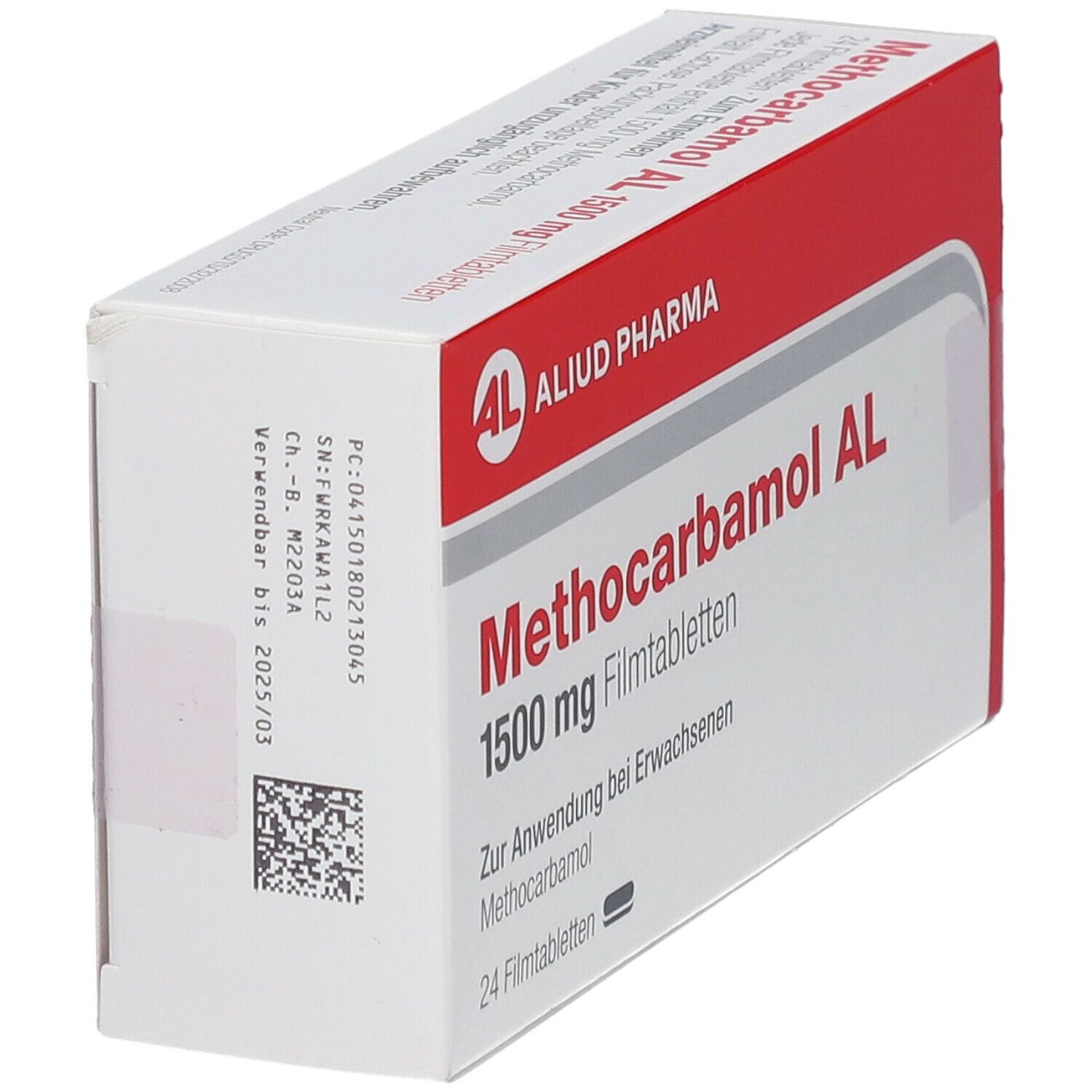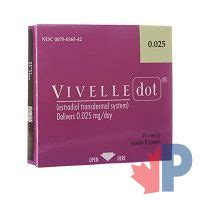The white blood cell differential count, a crucial component of a complete blood count (CBC), provides invaluable insights into the body’s immune response and overall health. This test measures the proportions of different types of white blood cells (WBCs) in the blood, including neutrophils, lymphocytes, monocytes, eosinophils, and basophils. Each type of WBC plays a unique role in protecting the body against infections and diseases. Here are 10 tips to help you better understand and interpret white blood cell differential counts:
Neutrophils: The First Line of Defense: Neutrophils are the most abundant type of WBC and are crucial in fighting bacterial infections and inflammation. An increase in neutrophil count, known as neutrophilia, can indicate acute infection, inflammation, or stress, while a decrease, neutropenia, may suggest impaired immune function or bone marrow suppression.
Lymphocytes: The Adaptive Immune Response: Lymphocytes, which include B cells, T cells, and natural killer cells, are vital for adaptive immune responses. Lymphocytosis (an increase in lymphocytes) can be seen in viral infections, while lymphopenia (a decrease) might indicate immunodeficiency, bone marrow failure, or severe infection.
Monocytes: The Bridge Between Innate and Adaptive Immunity: Monocytes mature into macrophages, which play a key role in engulfing pathogens and presenting antigens to lymphocytes. Monocytosis can be associated with chronic infections, inflammation, or immune disorders, whereas monocytopenia is less common but may indicate bone marrow suppression or certain viral infections.
Eosinophils: The Allergy and Parasite Fighters: Eosinophils are involved in combating parasitic infections and in allergic reactions. An elevated eosinophil count, eosinophilia, can indicate parasitic infection, allergic disease, or certain skin conditions. Conversely, eosinopenia is less commonly significant but may occur in Cushing’s syndrome or with high doses of corticosteroids.
Basophils: The Least Abundant but Not Insignificant: Although basophils are the least common WBC, they play a key role in inflammation, particularly in allergic reactions. Basophilia is rare but can be seen in myeloproliferative neoplasms, while basopenia is not typically clinically significant.
Manual vs. Automated Differential Counts: While automated analyzers can provide rapid results, manual differential counts by experienced laboratory technicians are still considered the gold standard for accuracy, especially in complex or abnormal cases.
Clinical Correlation is Key: The interpretation of a white blood cell differential count must be done in the context of the patient’s clinical presentation, medical history, and other laboratory findings. For instance, a slight increase in neutrophils might be normal in a stressed individual but could indicate infection in an immunocompromised patient.
Sequential Testing for Trends: A single differential count can provide a snapshot, but sequential testing can reveal trends that are crucial for monitoring response to treatment, progression of disease, or resolution of infection.
Understanding the Limitations: While the white blood cell differential count is a powerful diagnostic tool, it is not without limitations. For example, it may not detect early or mild infections, and results can be influenced by various factors including the time of day, stress, and certain medications.
Consultation with a Healthcare Professional: Given the complexity of interpreting white blood cell differential counts, especially in the context of a patient’s entire clinical picture, consultation with a healthcare professional is essential. They can provide personalized insights into what the results mean and guide further testing or treatment as necessary.
In conclusion, understanding and interpreting white blood cell differential counts requires a nuanced approach, considering both the quantitative results and the broader clinical context. By recognizing the roles of different types of white blood cells and understanding the implications of their respective counts, healthcare providers can leverage this powerful diagnostic tool to inform patient care and improve outcomes.
What does an elevated neutrophil count typically indicate?
+An elevated neutrophil count, or neutrophilia, can indicate bacterial infections, acute inflammation, or stress response. It's a common finding in conditions such as pneumonia, appendicitis, or sepsis, and can also be seen in individuals under physical stress or with certain types of leukemia.
How do lymphocytes contribute to the immune response?
+Lymphocytes, comprising B cells, T cells, and natural killer cells, are central to the adaptive immune response. B cells produce antibodies to neutralize pathogens, T cells directly kill infected cells or produce chemical signals that activate the immune response, and natural killer cells destroy tumor cells and virus-infected cells without prior sensitization.
What conditions are associated with eosinophilia?
+Eosinophilia, an elevated eosinophil count, can be associated with parasitic infections (e.g., hookworm, roundworm), allergic diseases (e.g., asthma, atopic dermatitis), and certain skin conditions (e.g., eczema). It can also be seen in some types of leukemia and with the use of certain medications.
In practice, the effective use of white blood cell differential counts in clinical decision-making involves a deep understanding of both the technical aspects of hematological testing and the complex interplay of immune responses in health and disease. By integrating this knowledge with clinical acumen and a thorough patient evaluation, healthcare professionals can optimize the diagnostic and therapeutic process, ultimately leading to improved patient outcomes.



